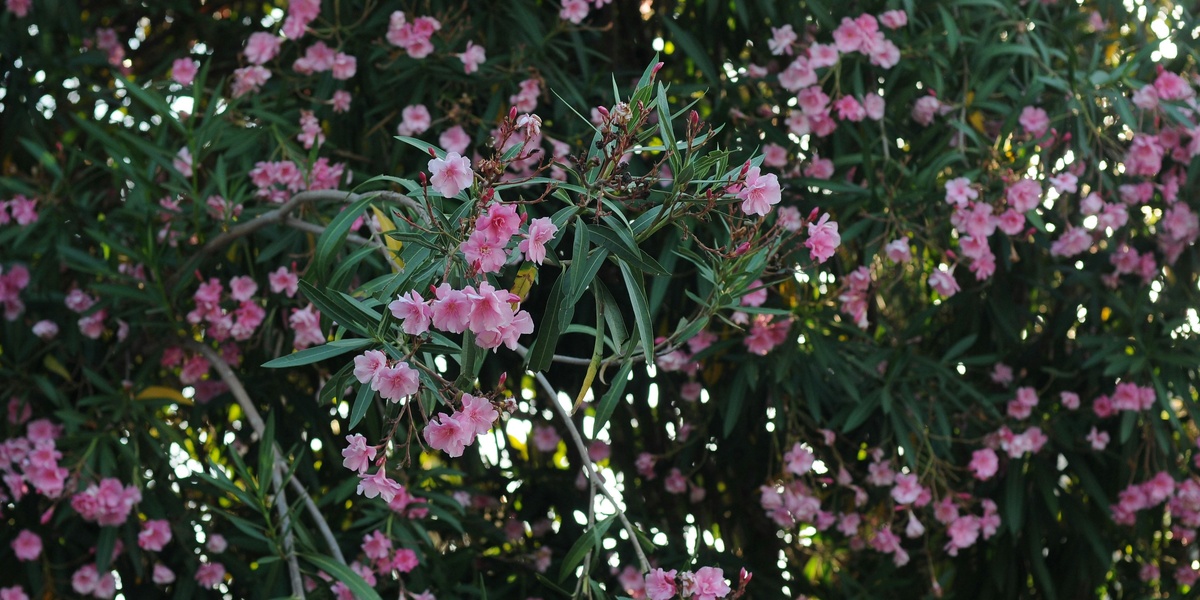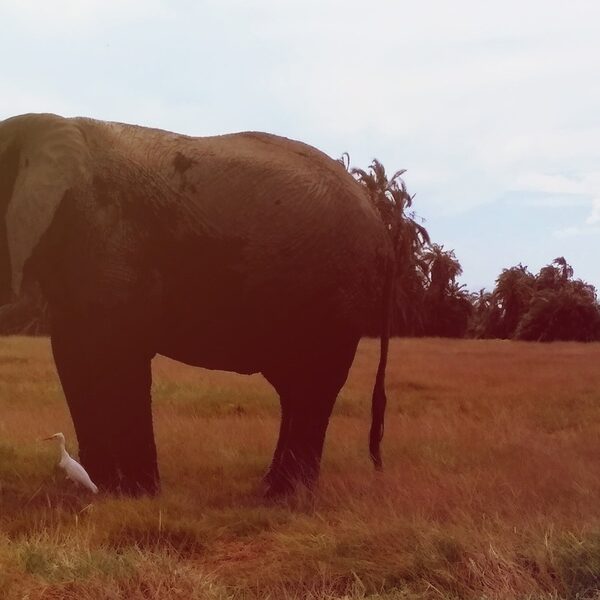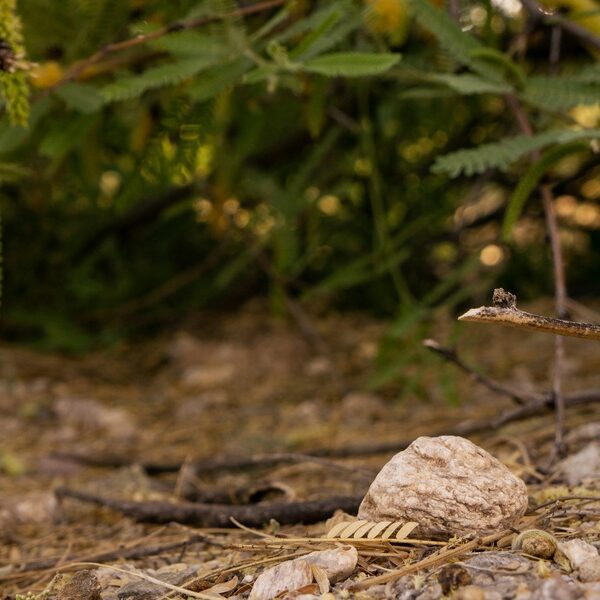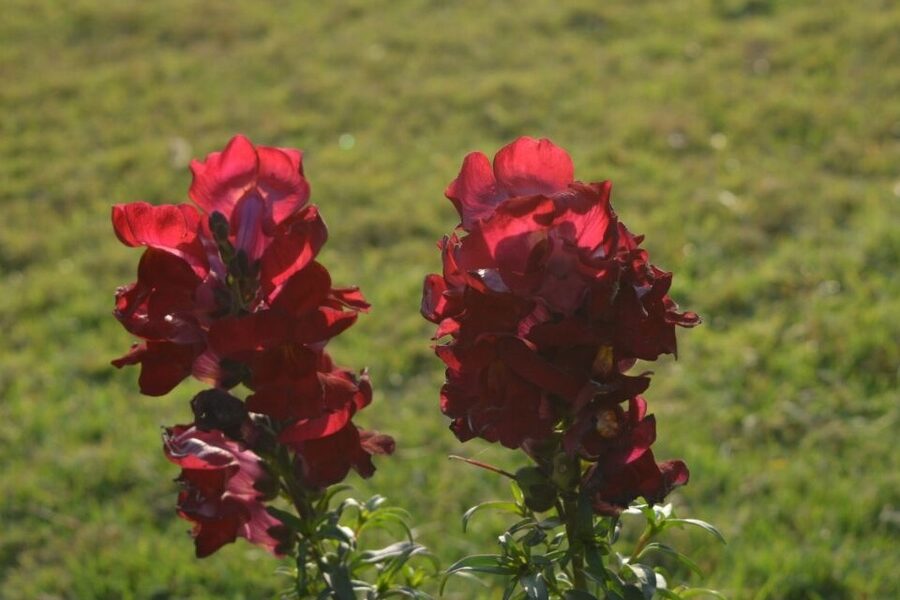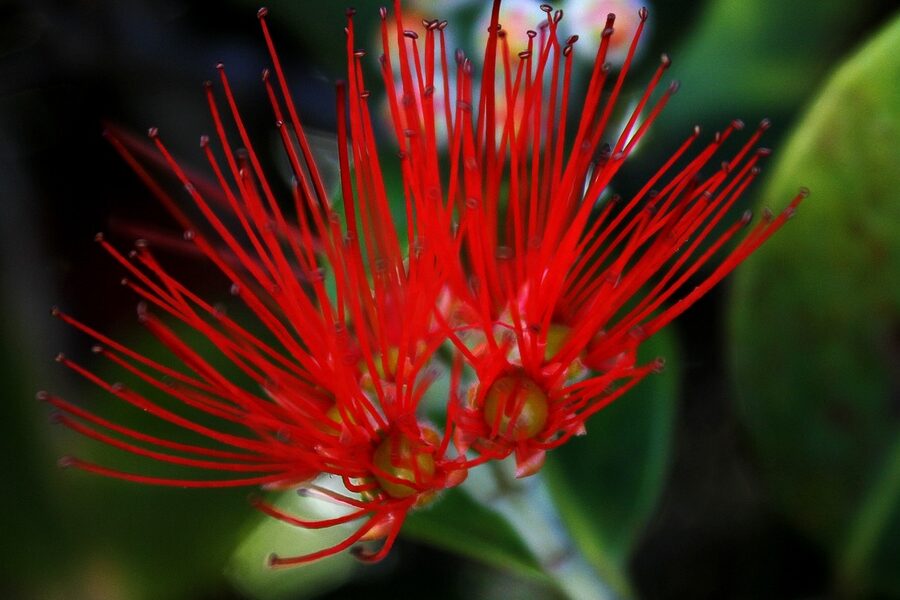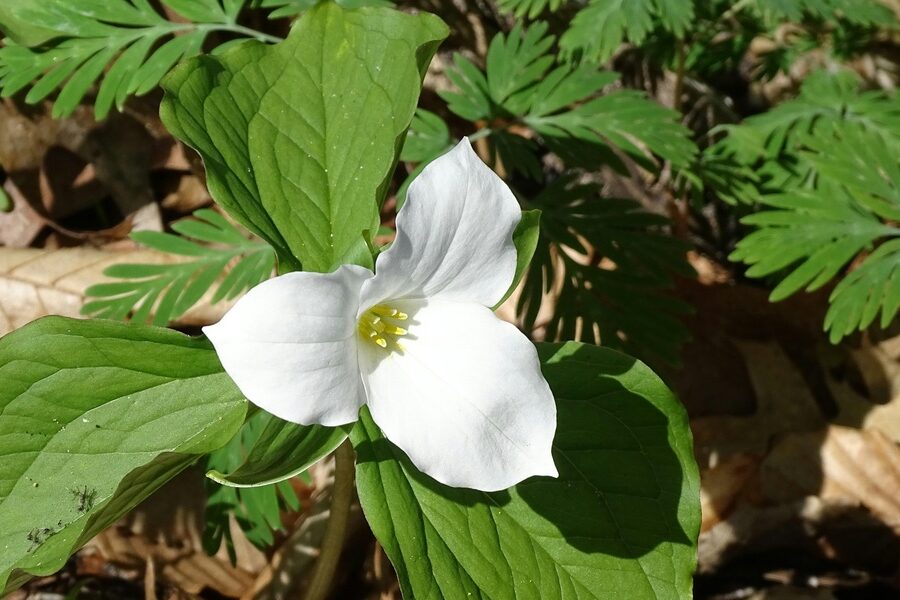Summer borders and roadside verges often glow with pink blooms, but color alone doesn’t tell the whole story — some garden favorites can be hazardous if handled or ingested. Whether you’re planting a cottage garden or walking a park, it helps to know which species to watch for.
There are 22 poisonous pink flowers, ranging from Amaryllis / Hippeastrum to Rhubarb (flower stalks). The list shows Scientific name,Toxic parts & symptoms,Natural range — details you’ll find below.
Are these pink flowers a risk to pets or children?
Yes — several pink-flowering plants contain compounds that cause vomiting, drooling, diarrhea, skin irritation or more serious effects in pets and children. Check the “Toxic parts & symptoms” column for specifics, keep suspicious plants out of reach, and call your local poison control or vet immediately if exposure is suspected.
How can I tell if a pink flower in my garden is toxic?
Look up the plant by its scientific name (the most reliable identifier) and compare the parts and symptoms listed below. If identification is unclear, avoid touching or tasting, wear gloves when removing unknown plants, and remove bulbs or flower stalks that match risky entries in the table.
Poisonous Pink Flowers
| Common name | Scientific name | Toxic parts & symptoms | Natural range |
|---|---|---|---|
| Oleander | Nerium oleander | All parts; cardiac glycosides cause nausea, arrhythmia, possible death | Mediterranean, widely cultivated |
| Foxglove | Digitalis purpurea | Leaves, seeds; cardiac glycosides cause nausea, vomiting, arrhythmia, confusion | Europe, naturalized in North America |
| Rhododendron (Azalea) | Rhododendron spp. | Leaves, nectar; grayanotoxins cause vomiting, weakness, hypotension, bradycardia | Asia, Europe, North America |
| Mountain laurel | Kalmia latifolia | Leaves, flowers; grayanotoxins cause vomiting, seizures, cardiac issues | Eastern North America |
| Pieris (Andromeda) | Pieris japonica | Leaves, flowers; grayanotoxins cause vomiting, drooling, cardiac signs | Japan, East Asia, cultivated worldwide |
| Daphne | Daphne mezereum | Berries, bark; diterpene esters cause severe GI pain, numbness, possible death | Europe, Western Asia |
| Cyclamen | Cyclamen persicum | Tuber, leaves; saponins cause vomiting, diarrhea, convulsions | Mediterranean region, cultivated worldwide |
| Bleeding heart | Lamprocapnos spectabilis | All parts; isoquinoline alkaloids cause vomiting, dizziness, sedation | Asia (Siberia, China, Korea), garden escapes |
| Madagascar periwinkle | Catharanthus roseus | All parts; alkaloids cause vomiting, low blood pressure, liver issues | Madagascar, naturalized tropics worldwide |
| Larkspur (Consolida) | Consolida ajacis | All parts; diterpenoid alkaloids cause neuromuscular weakness, respiratory failure | Europe, Asia, cultivated worldwide |
| Hydrangea | Hydrangea macrophylla | Leaves, buds; cyanogenic glycosides cause vomiting, collapse in pets | Japan, cultivated worldwide |
| Autumn crocus | Colchicum autumnale | Bulbs, corms; colchicine causes severe GI distress, multi-organ failure | Europe |
| Lilies (toxic to cats) | Lilium spp. | All parts; renal failure in cats, vomiting, lethargy; potentially fatal | Asia, Europe, North America (varies by species) |
| Amaryllis / Hippeastrum | Hippeastrum spp. | Bulb; lycorine causes vomiting, diarrhea, cardiac issues | South America, cultivated worldwide |
| Hyacinth | Hyacinthus orientalis | Bulbs; oxalates cause skin irritation, vomiting, diarrhea | Mediterranean, widely cultivated |
| Kalanchoe | Kalanchoe blossfeldiana | Leaves, flowers; cardiac glycosides cause vomiting, arrhythmia, seizures | Madagascar, cultivated worldwide |
| Desert rose | Adenium obesum | All parts; cardiac glycosides cause vomiting, arrhythmia, death | Africa, Arabian Peninsula, cultivated globally |
| Angel’s trumpet | Brugmansia spp. | All parts; tropane alkaloids cause anticholinergic delirium, hallucinations, tachycardia | South America, cultivated worldwide |
| Hellebore | Helleborus orientalis | All parts; cardiac glycosides cause vomiting, dizziness, cardiac symptoms | Europe, Asia |
| Horse chestnut | Aesculus hippocastanum | Seeds, bark; aesculin causes vomiting, diarrhea, paralysis in livestock | Balkans (native), widely planted in Europe |
| Castor bean | Ricinus communis | Seeds; ricin causes severe GI and organ failure, potentially fatal | Tropical Africa (native), widely cultivated |
| Rhubarb (flower stalks) | Rheum rhabarbarum | Leaves; oxalic acid causes kidney damage, severe hypocalcemia | Native to Asia (China), cultivated worldwide |
Images and Descriptions
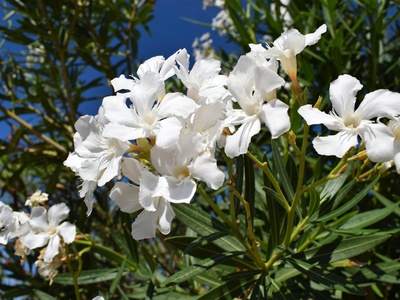
Oleander
Evergreen shrub with showy pink or white flowers; highly toxic — even small ingestions can cause life-threatening cardiac symptoms in people, pets, and livestock. Common in gardens and hedges, handle with care.
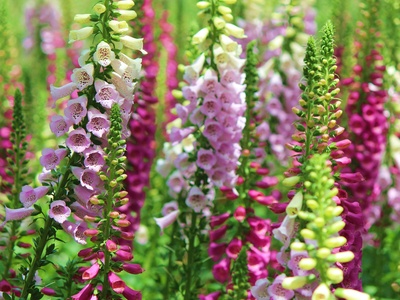
Foxglove
Tall biennial with tubular pink to purple flowers; source of digitalis drugs but dangerous raw. Ingestion causes cardiac and neurological symptoms; risky around children and animals.
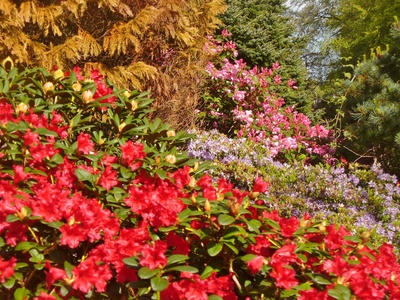
Rhododendron (Azalea)
Large genus including many pink-flowering azaleas and rhododendrons. Nectar and foliage contain grayanotoxins; honey or plant ingestion can cause “mad honey” symptoms, dizziness, and dangerous cardiac effects.
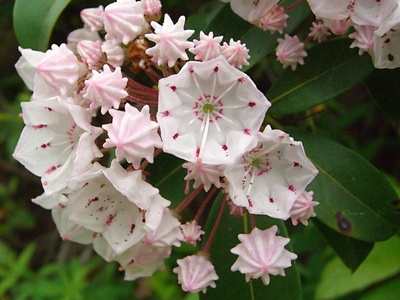
Mountain laurel
Evergreen shrub producing clusters of pink, cup-shaped flowers. All parts are toxic to humans and animals; livestock can be poisoned by browsing, and pets/humans suffer gastrointestinal and cardiac signs.
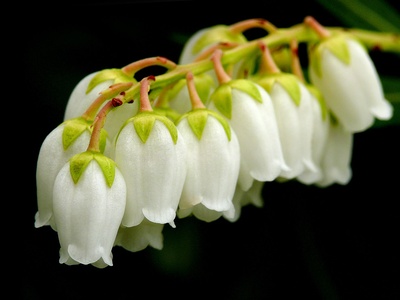
Pieris (Andromeda)
Ornamental shrub with pendulous pink-white flower clusters. Popular in shaded gardens; ingestion of foliage or floral parts can produce severe digestive and cardiac symptoms.
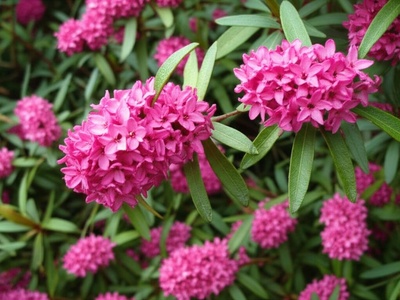
Daphne
Deciduous shrub with fragrant pink flowers that precede red berries. Extremely poisonous — berries and bark cause burning mouth, intense GI upset, and neurological effects; children are especially at risk.
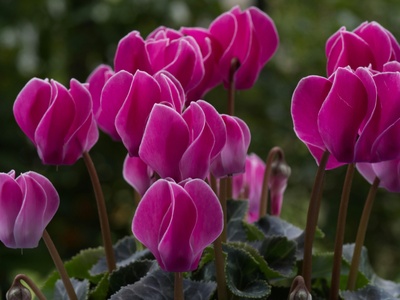
Cyclamen
Compact perennial with nodding pink flowers; tubers are the most poisonous part. Ingestion causes gastrointestinal upset and, in larger amounts, tremors or seizures—keep away from pets and children.
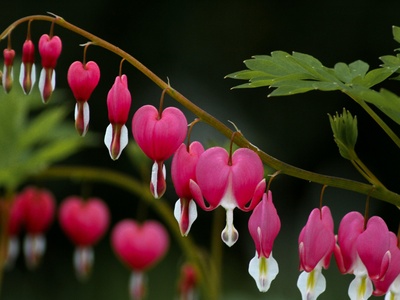
Bleeding heart
Delicate perennial with arching stems of heart-shaped pink flowers. Mild-to-moderate toxicity: chewing can cause nausea, dizziness, and lethargy; rarely severe but avoid ingestion.
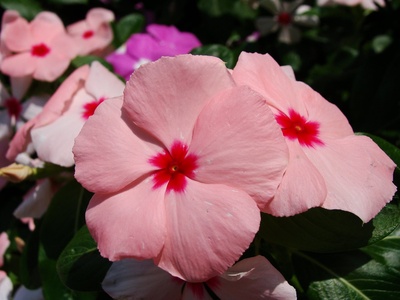
Madagascar periwinkle
Glossy-leaved shrublet with abundant pink flowers. Contains potent alkaloids used medicinally; raw plant ingestion can cause vomiting, hypotension, and liver effects, especially in pets and children.
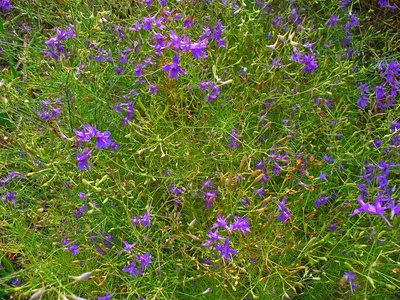
Larkspur (Consolida)
Annual with spurred pink or blue flowers often called larkspur. Highly toxic to livestock and humans if eaten — causes muscle weakness, paralysis, and potentially fatal respiratory failure.
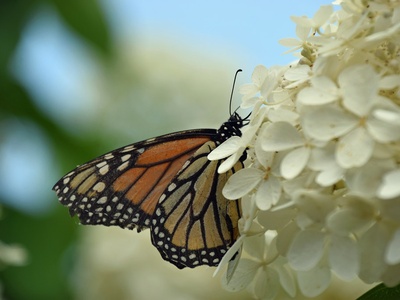
Hydrangea
Shrub producing large pink or blue flowerheads depending on soil. Leaves and buds contain cyanogenic compounds that can induce vomiting and collapse if eaten by pets or children.
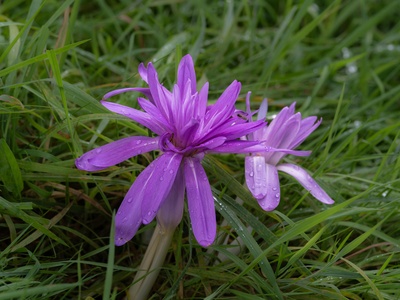
Autumn crocus
Low-growing perennial with lilac-pink autumn flowers. Bulbs contain colchicine, a highly toxic alkaloid; ingestion causes severe gastrointestinal illness, bone marrow suppression, and possible multi-organ failure.
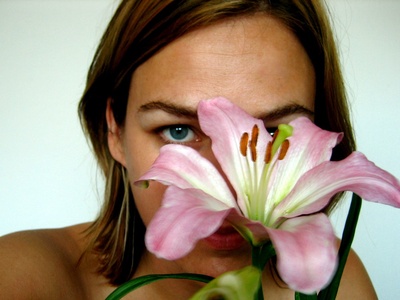
Lilies (toxic to cats)
Many species produce pink trumpet or reflexed flowers. While humans typically have mild symptoms, lilies are extremely toxic to cats — even small ingestions can cause irreversible kidney failure.
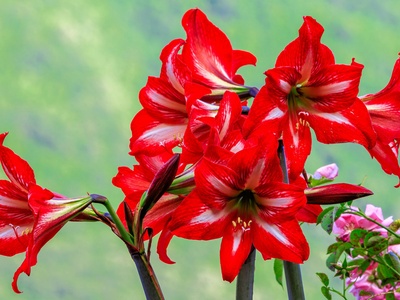
Amaryllis / Hippeastrum
Bulbous plants with large pink, red, or white flowers popular indoors. Bulbs contain alkaloids that induce gastrointestinal upset and cardiac symptoms if chewed or swallowed.
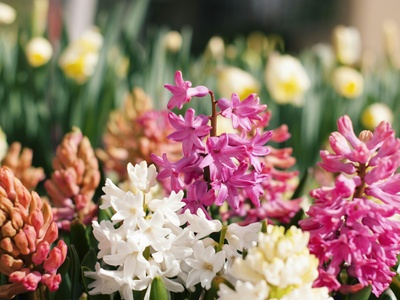
Hyacinth
Fragrant spring bulb with dense spikes of pink, purple, or white flowers. Bulbs are the main hazard — handling can irritate skin, ingestion causes nausea and gastrointestinal upset.
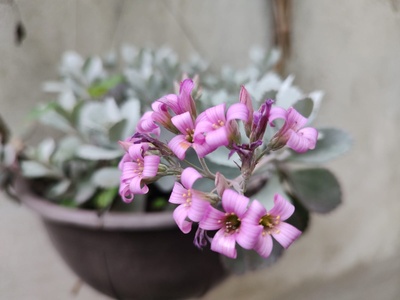
Kalanchoe
Common houseplant with clusters of pink or red blooms. Contains bufadienolide glycosides that can disrupt heart rhythm in pets and cause vomiting or neurological signs.
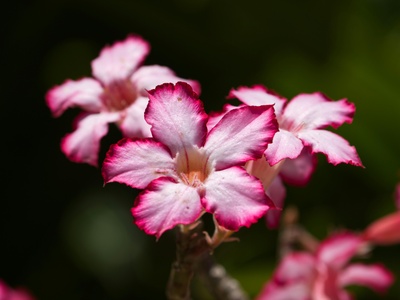
Desert rose
Succulent shrub with glossy leaves and pink trumpet flowers. Sap and tissues contain potent cardiac glycosides—ingestion can be life-threatening to people and animals.
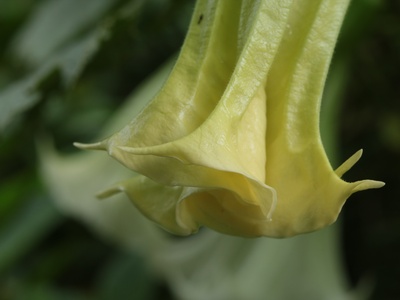
Angel’s trumpet
Small tree with large pendant trumpet-shaped flowers often pink or white. Highly toxic — causes dry mouth, dilated pupils, hallucinations, rapid heart rate, and severe poisoning at modest doses.
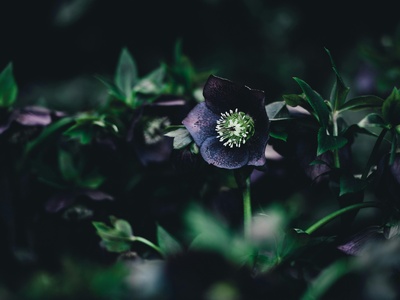
Hellebore
Perennial with nodding pink or white “Lenten rose” flowers. Historically medicinal but poisonous: ingestion causes nausea, dizziness, slowed heartbeat, and other cardiac signs.
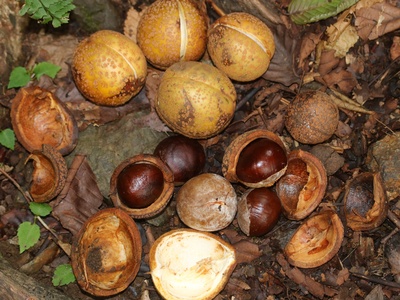
Horse chestnut
Large tree with upright clusters of white to pink-tinged flowers. Conkers/seeds are toxic if eaten — can cause severe gastrointestinal and neurological effects in people and animals.
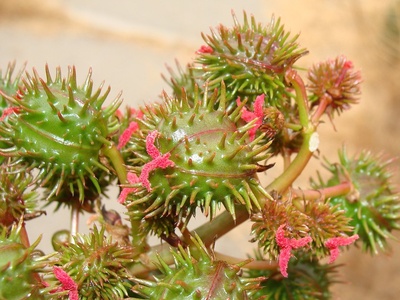
Castor bean
Tall ornamental with dramatic red-pink inflorescences in some varieties. Extremely poisonous seeds contain ricin; a small number of chewed seeds can be lethal to humans and animals.
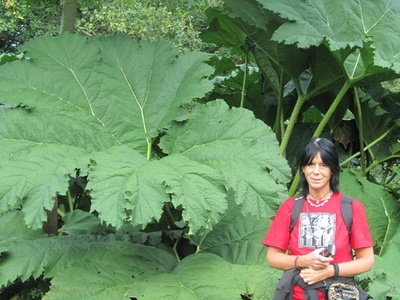
Rhubarb (flower stalks)
Leafy perennial grown for edible stalks; however leaves and many floral stalks produce pinkish flower panicles and contain high oxalic acid, causing kidney and metabolic issues if eaten.
